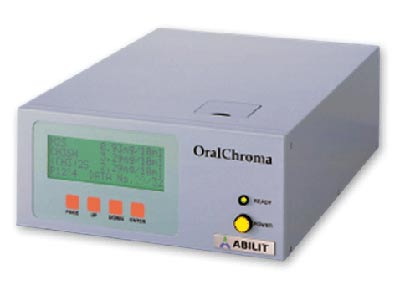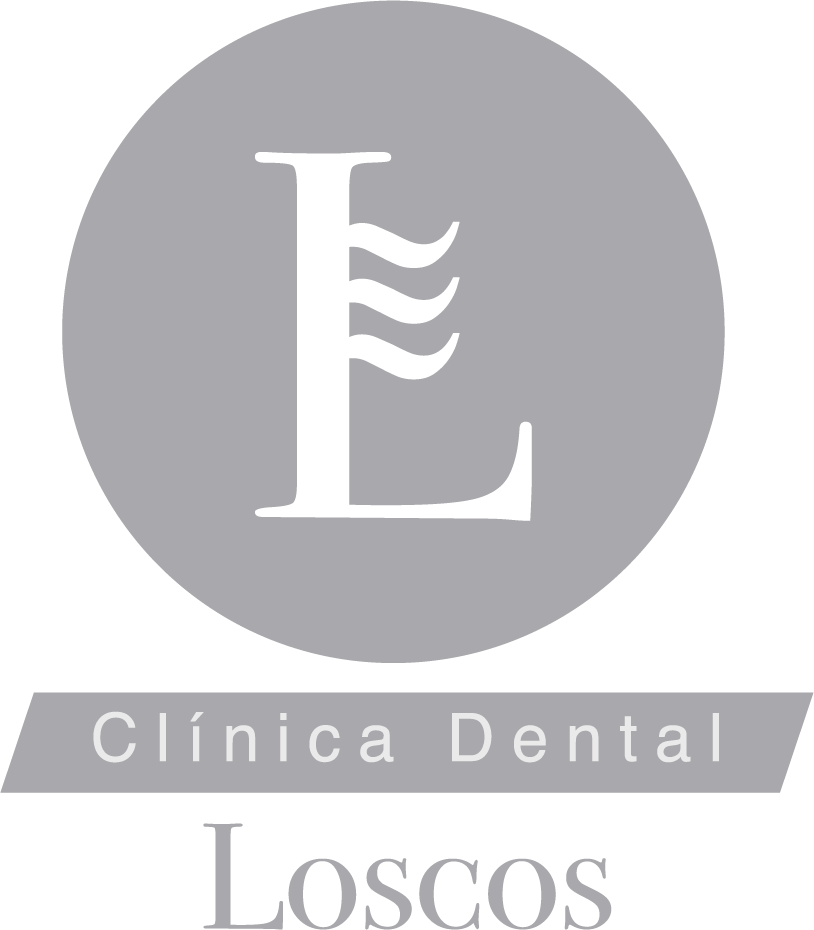Halitosis / bad breath
Worried about halitosis?
Halitosis or bad breath is a problem that affects a large number of people (from 30 to 60%) and that consists of any unpleasant odor in the breath either associated with problems of the oral cavity (85-90% of cases) or general health problems (10-15%). It is often associated with psychosocial problems and may even affect relationships interpersonal, so it has become a big market for the cosmetic and pharmacological industry.
Until now, general dentists lacked professional technical means to diagnose and treat this pathology due to the lack of equipment and adequate training.
According to its origin, we differentiate two types of halitosis:
- Oral Halitosis
- Extra oral Halitosis
The halitosis that comes from the oral cavity can be due to several causes: accumulation of bacteria on the back of the tongue, tooth decay, periodontal problems, certain eating habits, alcohol or tobacco among others.
When halitosis is extra oral, it is usually linked to alterations of systemic type, such as pathologies of the respiratory tract, the digestive system, as well as kidney or liver diseases.
Types of halitosis
Bad breath associated with non-pathological causes:
- Halitosis morning: is generated by a decrease in salivary flow during sleep, which facilitates the production of bacteria generating bad smelling gases.
- Age: with age the salivary glands undergo regressive changes that affect the quantity and quality of saliva, despite the fact that a correct oral hygiene is carried out, which generates bad breath.
- Dental prostheses: Both fixed and mobile dental prostheses can accumulate remaining food if they do not take strict hygiene measures, which will generate bad breath over time.
- Drugs: there are certain drugs (especially those to treat high blood pressure) that cause a decrease in salivation. Taking into account that saliva favors the cleaning of the oral cavity and reduces the bad smell, if this flow decreases, it favors bad breath.
- Tobacco: smoking generates a characteristic breath that can last a few days, even after quitting.
- Fasting periods: especially when a hypocaloric diet is used, or any type of diet that alters the metabolism.
- Certain foods: there are some foods (such as onions and garlic) that are broken down by the lungs when they are metabolized.
Causes associated with pathologies
- Periodontal diseases, caries.
- Poor oral hygiene: the existence of bacterial plaque causes bacterial growth especially in interproximal spaces, abscesses and tongue.
- Ulcerative causes: traumatic, infectious ulcers.
- Pharynx: bacterial, fungal and viral infections.
- Necrosis by radiotherapy and chemotherapy.
In the case of extra oral halitosis, the causes are usually nasal (usually due to sinusitis), respiratory diseases, digestive pathologies, systemic diseases (poorly controlled diabetes, liver dysfunction, renal alterations, rheumatoid arthritis or Sjögren’s syndrome, among others).
The diagnosis of halitosis that we make at the Loscos Dental Clinic is by gas chromatography, through a team called Oral Chroma that identifies and quantifies the individual components of the exhaled air.
What is Oral Chroma?
We perform a very complete study of the patient to determine the causes of halitosis that can be several, and thus to determine the most appropriate treatment.
In our clinic we have a gas chromatograph capable of establishing the origin of bad breath.
The Chroma Oral allows to identify and distinguish the Volatile Sulfur Compounds responsible for this pathology and determine their concentrations in order to begin to establish simple treatments and also with a high percentage of success.
Our dental clinic, in pursuit of continuous progress and the latest market technologies, has made an effort in this area and has acquired this diagnostic equipment. It should also be noted that obtaining the sample from the oral cavity is very simple and that only 8 minutes are needed to obtain the results.
How is oral halitosis treated?
In our Dental Clinic we treat halitosis of oral origin. In the case of extraoral halitosis associated with other pathologies, the patient will be referred and treated by the specialist of the system to be treated.
The treatment of oral halitosis is focused on reducing the number of odor-producing bacteria that are usually deposited on the back of the tongue, groove of the periodontal pocket or interdental areas.
In general terms of protocol, the treatment of halitosis usually includes a professional hygiene with specific instructions so that the patient learns to clean those areas where there is a greater accumulation of bacteria, with a correct brushing, inter proximal cleaning and a complete cleaning of the tongue .
You will also receive specific instructions on those habits that can generate bad breath, such as certain foods, tobacco or alcohol.
So, you already know. If someone who is reading this news suffers bad breath or knows someone who does, do not hesitate any longer and contact our dental clinic. A few minutes of diagnosis and simple treatments can end so much time of suffering or embarrassment because of the unpleasant comments that may have been heard, and a level of well-being and confidence in the greater self can be gained.




